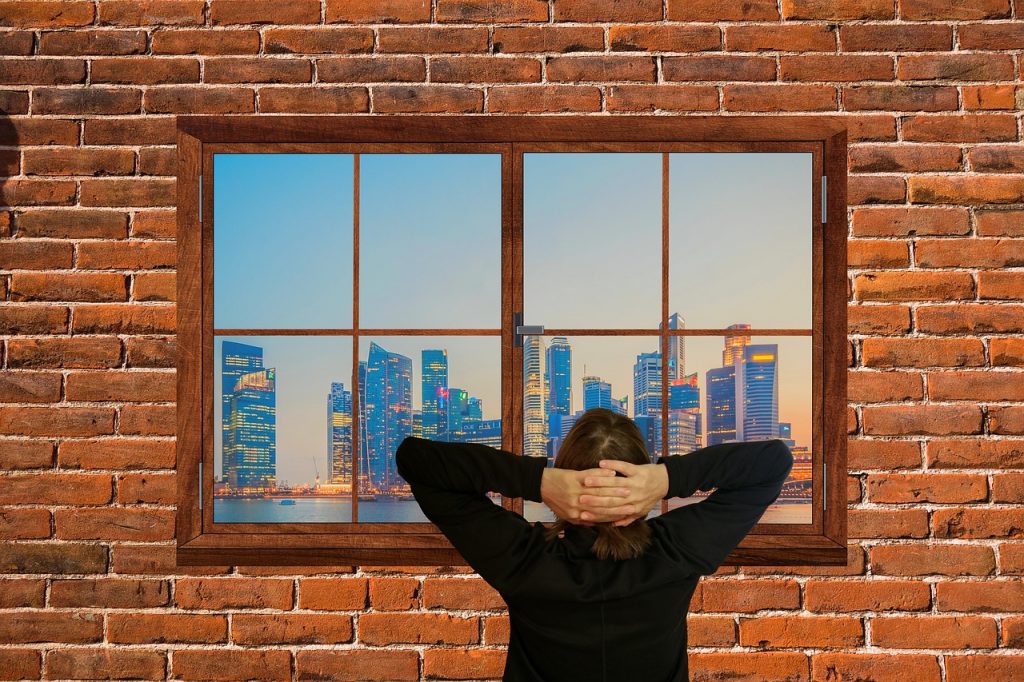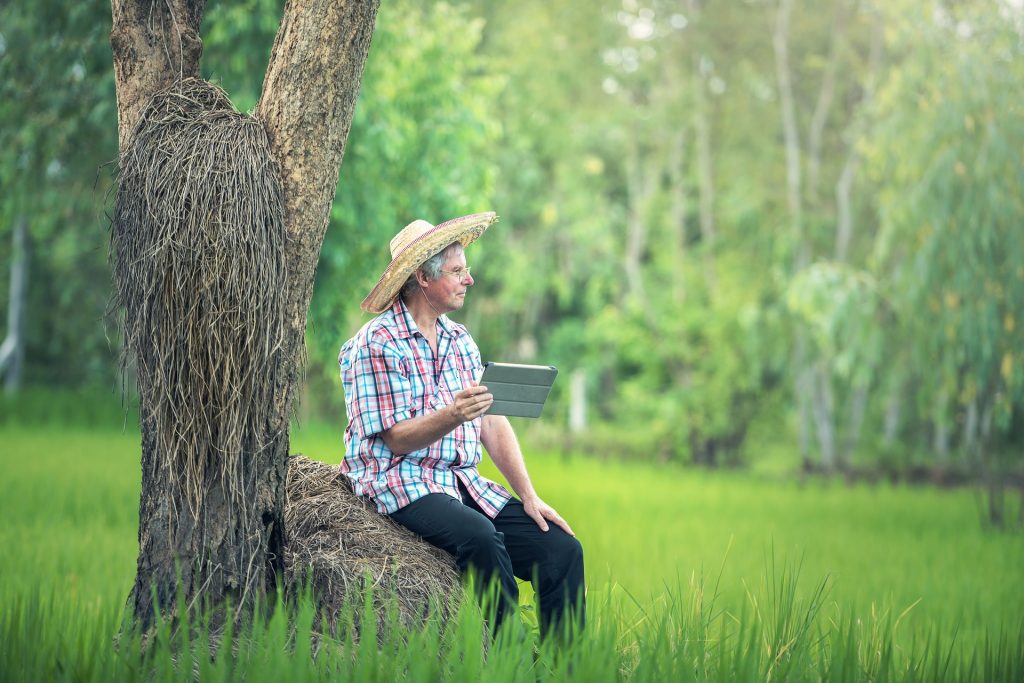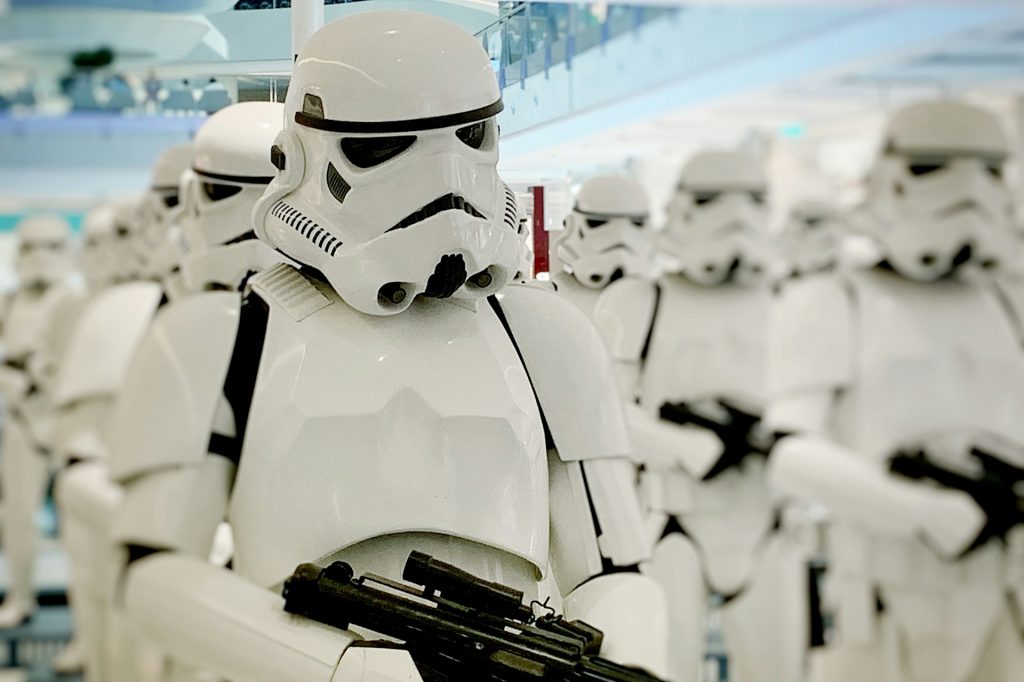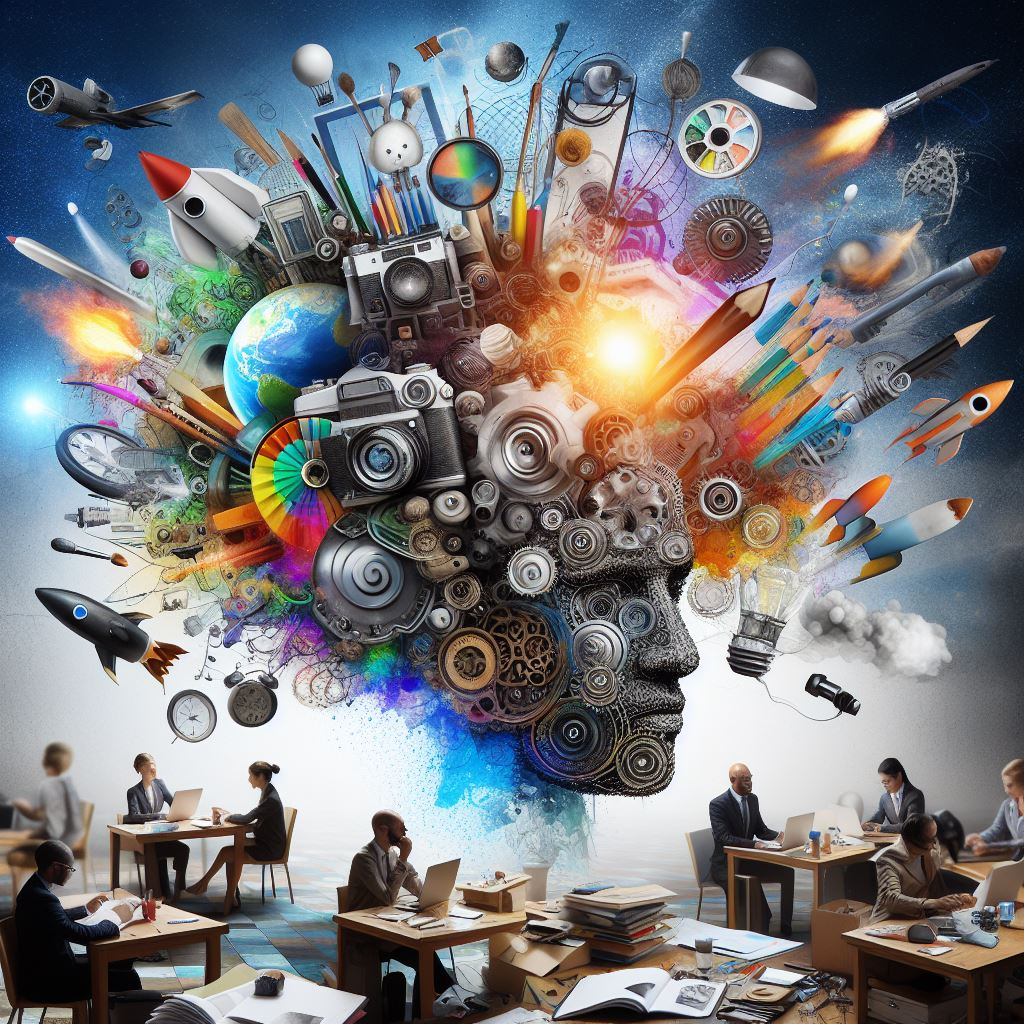
GUEST POST from Janet Sernack
Many of my coaching clients have recently shared their struggles with feeling tired, emotionally overwhelmed, and cognitively overloaded and are close to burnout. They attribute these issues to the pervasive and addictive nature of technology, exacerbated by the pandemic and divisive global conflicts, accelerating change and the rise of AI and hybrid work. As a result, many have retreated and frozen into a state of habitual, reactive ‘busyness.’ This affects their overall emotional, physical, and mental health and wellness. It also inhibits their ability to focus, create, invent and innovate and restricts their optimism, hope, and positivity about their future in an unstable and uncertain world.
The Coaching Opportunity
Coaching creates a unique opportunity to partner with people to develop their pause-power to identify the transformative actions to reverse this pervasive phenomenon to flourish in a world of unknowns.
A coaching session usually serves as a first step towards cultivating the pause-power needed to stop, observe, reflect and take valuable time out to rest, replenish, re-energize and reboot. This allows people to courageously notice, attune to, and express their true feelings and thoughts, to disrupt, dispute and deviate them to develop the pause-power required to heal and provide relief, hope and optimism for a better future.
Everyone must cultivate intentional pause-power to empower them to observe and understand their inner and outer worlds. This practice helps them remove distractions, stop multitasking, and break free from the ‘busyness’ that depletes their cognitive, emotional, and visceral resources, putting them in the driver’s seat of their mental and emotional well-being.
Self-reflection and reflective practice become potent tools, enabling people to move away from reactivity and short-term focus and towards taking the transformative actions to adapt, create, invent, and innovate.
Hitting Your Pause Button
Being adaptive, creative, inventive and innovative involves consciously taking your hands off the controls and encouraging yourself and others to notice and disrupt your habitual and addictive ‘busyness’ (time scarcity + task focus).
This awareness is the first step towards reclaiming your focus and attention so that you can engage with and interpret the modern world rather than try to control it or withdraw from it.
Being willing to take a break and hit the ‘pause button’ stops your continuous cycle of doing. It focuses your attention on breaking limiting beliefs or unresourceful patterns and provides a support structure for applying rigorous perception practices to our daily lives.
Using pause-power to create a place, as recently described by Otto Scharmer from the Presencing Institute:
“Between action and non-action, there is a place. A portal into the unknown. But what are we each called to contribute to the vision of the emerging future? Perhaps these times are simply doorways into the heart of the storm, a necessary journey through the cycles of time required to create change”.
What Does Pause-Power Involve?
A pause is created when you suspend activity, a time of temporary disengagement when you no longer move towards any goal. It can occur amid almost any activity and can last for an instant by taking a deep breath to get grounded, for minutes to become mindful or to take a rest, for hours to enjoy a well-deserved break, or for years to experience life in a different culture or place.
Intentionally pausing enables you to take time between your range of habitual, largely unconscious reactive responses; it helps our brain’s executive function utilize the valuable ‘empty spaces’ between stimulus and response and between different ideas. It creates a space open to options and choices for being, thinking and acting differently.
Doing this allows you to notice and disrupt unresourceful and habitual auto ‘stimulus-response’ default patterns, which usually occur when things go wrong, you make a mistake and fail, or you dive into blaming, shaming or avoiding others as part of our naturally wired defence mechanisms.
Radical Acceptance
Learning to pause is one of the critical steps in innovation because it helps you initiate a practice of radical acceptance. This requires embracing uncertainty, or ‘what is’ truly happening in the present moment, relationship, or situation, by accepting things just as they are.
“During the moments of a pause, we become conscious of how the feeling that something is missing or wrong keeps us leaning into the future, on our way somewhere else. This gives us a fundamental choice in how we respond: We can continue our futile attempts at managing our experience or meet our vulnerability with the wisdom of Radical Acceptance”.
By being willing to dive into an ‘empty space’ from an emergent process, you can unleash possibilities, opportunities, options, and choices towards identifying the transformative actions that create your desired future.
People who can artfully and skillfully facilitate creative conversations that funnel pause power and co-create valuable ‘empty spaces’ to occur can generate our imagination and curiosity to manifest glorious moments of insights required to emerge creative ideas.
Pausing also enables you to observe, pay attention, notice, and regulate how your overall nervous system impacts and manages your brain’s functions. This is key to being practical, resourceful, healthy, and productive in the face of volatility, complexity, uncertainty, and accelerating change in our hyper-connected world.
It also needs rest to do this. By applying our pause-power and giving ourselves some rest, we offer our bodies, hearts, and minds a chance to recharge, keep moving, and work towards taking the transformative actions required to build better workplaces and flourishing futures.
A Valuable Toolkit and Habit
This skill is valuable for everyone to reflect upon, cultivate and master. It is initiated by intentionally stopping by hitting an invisible cognitive ‘pause button’ to observe, pay attention, notice your inner experience, and see yourself as the cause of it.
Developing pause power involves six simple vital steps and questions:
1.Retreat from reacting to the situation – by stepping back into the present moment or time to notice, be with, allow, accept (radical acceptance), and acknowledge ‘what is’ going on internally and externally, and be willing to name it with detachment and discernment.
What is going on for me right now – how am I feeling about it?
2. Step up and out to disrupt yourself and create an opening, doorway, threshold, or empty space – to allow something new to emerge.
What can I learn from this situation?
3. Step up and out to disrupt yourself and create an opening, doorway, threshold, or empty space – to allow something new to emerge.
What can I learn from this situation?
4. Be willing to introduce and explore options and choices that allow you to deviate and refocus your attention on what really matters – taking a rest, having a holiday, completing a project, being a better person, getting a new job, or getting a promotion.
What are some of my options for change?
5. Be inquisitive, curious and open to reimagining, reinventing, and pivoting – an intention, mindset, behaviour, task, goal, or business focus to re-plenish, re-energize, re-engage and re-boot to mobilize yourself.
How might I feel, think or act differently to achieve my outcome?
6. Step out into the system’s edges – by being calm, hopeful and optimistic, to identify the transformative actions required to move towards and exploring new creative, inventive and innovative solutions for providing value in ways people appreciate and cherish.
What will I do next?
Engaging in a Looking Lab
As many of our ImagineNation community members know, I am currently writing a book on ‘Being Innovative.’ There is a whole chapter on developing pause power to help people engage what Christian Madsbjerg calls in his latest book “Look: How to Pay Attention in a Distracted World” (Riverhead Books) – a Looking Lab, to:
“Get away from your screens, turn off your notifications, go out into the wilds of reality, and look around. Let go of all filters—clichés, conventions, colour corrections, whatever they may be. Try to pay attention to the simple act of seeing.”
He reveals that “if we choose to look for them, there are invisible worlds all around us ready to reveal their magic. The seemingly mundane or average can appear extraordinary, but only if we take the time to notice and see it”.
This is a vital part of our remarkable human capacity to transform through the slow, patient act of observing, attending, noticing, replenishing, re-energizing, re-engaging, and re-booting to take the transformative actions that will help you make the world a better place and achieve your 21st-century growth and success differently.
Please find out more about our work at ImagineNation™.
Please find out about our collective learning products and tools, including The Coach for Innovators, Leaders, and Teams Certified Program, presented by Janet Sernack, it is a collaborative, intimate, and profoundly personalised innovation coaching and learning program supported by a global group of peers over 9-weeks, and can be customised as a bespoke corporate learning program.
It is a blended and transformational change and learning program that will give you a deep understanding of the language, principles, and applications of an ecosystem focus, human-centric approach, and emergent structure (Theory U) to innovation, and upskill people and teams and develop their future fitness, within your unique innovation context. Please find out more about our products and tools.
Image Credit: Pixabay
![]() Sign up here to join 17,000+ leaders getting Human-Centered Change & Innovation Weekly delivered to their inbox every week.
Sign up here to join 17,000+ leaders getting Human-Centered Change & Innovation Weekly delivered to their inbox every week.








